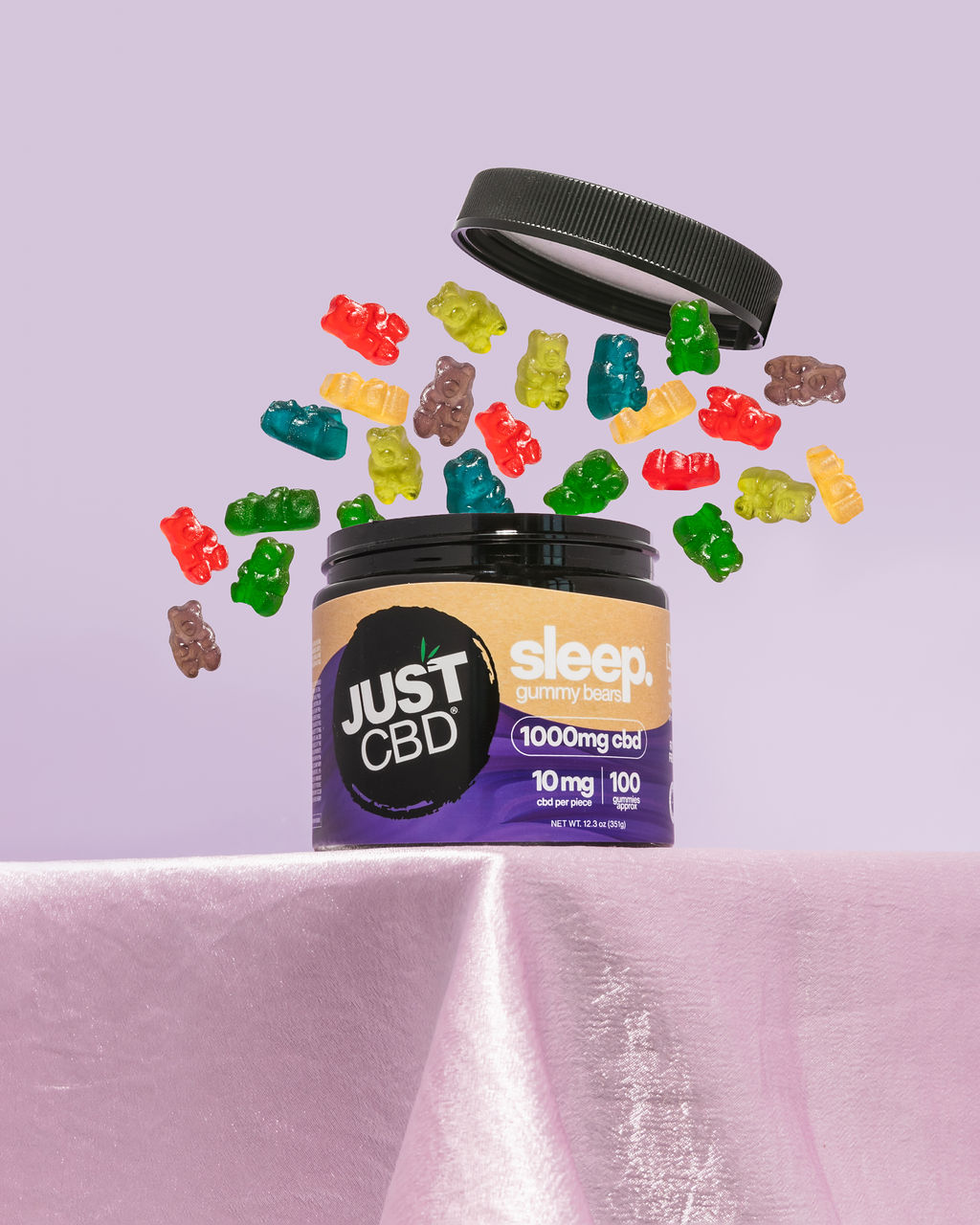Potential Benefits of Kratom for SAD
Seasonal Affective Disorder (SAD) can significantly impact an individual’s well-being during the darker months, leaving them feeling fatigued, depressed, and lacking motivation. Some individuals seeking natural remedies for SAD have turned to kratom powder, an herbal supplement known for its potential mood-boosting and pain-relieving effects.
Mood Elevation and Energy Boost

Kratom, a tropical tree native to Southeast Asia, contains compounds that may interact with opioid receptors in the brain. These interactions are thought to contribute to kratom’s reported effects on mood and energy levels. Some users report experiencing feelings of euphoria, relaxation, and increased focus after consuming kratom.
For individuals struggling with SAD symptoms like fatigue, low motivation, and depressed mood, these potential benefits of kratom might seem appealing. It is important to note that research on kratom’s effectiveness for SAD is limited and more rigorous studies are needed to confirm its efficacy and safety.
It’s crucial to consult a healthcare professional before using kratom, as it can have potential side effects and may interact with other medications.
Pain Management

While some individuals report experiencing mood elevation and increased energy after consuming kratom, scientific evidence supporting its effectiveness for SAD is limited.
Kratom’s potential pain-relieving properties may also be beneficial for those experiencing physical discomfort associated with SAD, but further research is needed to understand the nature and extent of this benefit.
It is essential to remember that kratom can have side effects and may interact with other medications, so consulting a healthcare professional before using it is crucial.
Scientific Evidence and Research

Scientific evidence plays a vital role in understanding the potential benefits and risks of any substance, including herbal supplements like kratom. Research methods such as clinical trials and observational studies provide valuable data to assess a treatment’s effectiveness, safety, and long-term consequences.
Limited Studies on Kratom for SAD
Currently, there is limited scientific research specifically examining kratom’s efficacy for treating Seasonal Affective Disorder (SAD). More robust and controlled studies are needed to determine its potential benefits and risks in this context.
Existing research on kratom primarily focuses on its potential effects on pain, mood, and energy levels, but it often involves small sample sizes and may lack the rigorous methodologies required for definitive conclusions about treating SAD.
Potential Mechanisms of Action
The potential mechanisms of action by which kratom might exert its reported effects are thought to involve interactions with opioid receptors in the brain. These interactions could contribute to kratom’s purported mood-boosting and pain-relieving properties.
However, it is crucial to emphasize that research on these mechanisms is still ongoing and requires further investigation to fully understand how kratom affects the brain and body.
Risks and Side Effects of Kratom Use
While kratom shows promise as a natural remedy for various ailments, its use for Seasonal Affective Disorder (SAD) remains largely unproven. Kratom contains compounds that may interact with opioid receptors in the brain, potentially leading to mood elevation and pain relief. However, existing research on kratom’s effectiveness for SAD is limited and often lacks rigorous methodologies. It is essential to consult a healthcare professional before using kratom as it can have potential side effects and may interact with other medications.
Tolerance and Addiction Potential
Kratom use carries several risks and potential side effects. These can include nausea, constipation, increased heart rate, and anxiety.
Long-term use of kratom can lead to tolerance, meaning higher doses are needed to achieve the desired effects. This can increase the risk of dependence and addiction.
Withdrawal symptoms can occur when kratom use is stopped abruptly and may include irritability, restlessness, insomnia, and muscle aches.
Kratom can also interact with certain medications, including opioids and antidepressants, potentially leading to dangerous side effects.
Interactions with Medications
Kratom can interact with a variety of medications, including those commonly prescribed for SAD. It can potentiate the effects of opioids, increasing the risk of overdose. Kratom may also interfere with the effectiveness of antidepressants, making them less effective in treating symptoms of depression.
Individuals taking blood thinners or medications that affect clotting should be cautious about using kratom, as it may increase bleeding risks. Kratom can also interact with medications that affect the central nervous system, potentially leading to adverse effects such as drowsiness, dizziness, or confusion.
Legal Status and Regulations of Kratom
The legal status of kratom varies significantly across different countries and regions. In some places, it is completely banned, while in others it is legal but regulated. The United States federal government classifies kratom as a “drug of concern” but has not yet taken action to ban it outright. Individual states have enacted their own laws regarding kratom, with some prohibiting its sale and use while others allow it under certain restrictions.
Varying Laws Across Jurisdictions
The legal status of kratom varies considerably across different jurisdictions. Some countries, like Thailand and Malaysia, have completely banned its cultivation, sale, and possession. In other regions like the European Union, kratom is generally unregulated but may face restrictions in specific member states.
Within the United States, kratom’s legal status is complex and fragmented. While it remains unclassified as a Schedule I drug under federal law, it is categorized as a “drug of concern” by the Drug Enforcement Administration (DEA). This classification signifies potential risks associated with kratom use, but it has not yet resulted in a nationwide ban.
Numerous states have taken their own approaches to regulating or prohibiting kratom. Some states have enacted outright bans on kratom sales and possession, while others have implemented restrictions such as age limits, sale limitations, or mandatory labeling requirements. This patchwork of regulations creates confusion and inconsistency across the country.
The ongoing debate surrounding kratom’s legal status stems from its potential risks and benefits. While some users report positive effects for pain management, mood elevation, and energy boosting, concerns exist regarding its addictive potential, interaction with medications, and lack of rigorous scientific research on its long-term health consequences.
Alternatives to Kratom for SAD Treatment
For individuals struggling with Seasonal Affective Disorder (SAD) symptoms, exploring alternative treatment options is common. While kratom, an herbal supplement known for its mood-boosting and pain-relieving properties, has gained attention as a potential remedy, it’s crucial to understand the current scientific evidence and associated risks.
Light Therapy
Light therapy is a proven effective treatment for SAD. It involves exposure to bright artificial light that mimics sunlight. This can help regulate the body’s natural sleep-wake cycle and improve mood.
Other alternatives to kratom for SAD include medication, therapy, exercise, and lifestyle changes like getting regular sunlight exposure and maintaining a healthy diet.
Cognitive Behavioral Therapy (CBT)
For individuals struggling with Seasonal Affective Disorder (SAD) symptoms, exploring alternative treatment options is common. While kratom, an herbal supplement known for its mood-boosting and pain-relieving properties, has gained attention as a potential remedy, it’s crucial to understand the current scientific evidence and associated risks.
- Light therapy
- Medication
- Therapy
- Exercise
- Lifestyle changes
Conclusion
In conclusion, while some individuals report positive experiences with kratom for managing SAD symptoms, scientific evidence supporting its effectiveness remains limited. More research is needed to determine the potential benefits and risks associated with using kratom for treating SAD.
Given the potential side effects and interactions, consulting a healthcare professional before using kratom is essential.
Shop Kratom Powder for a natural experience
- The Relationship Between THC Drinks And Mindful Consumption - December 4, 2025
- The Dos And Don’ts Of Consuming THC Beverages - December 2, 2025
- The Best CBD Gummy Edibles For Relaxation And Wellness - November 29, 2025
